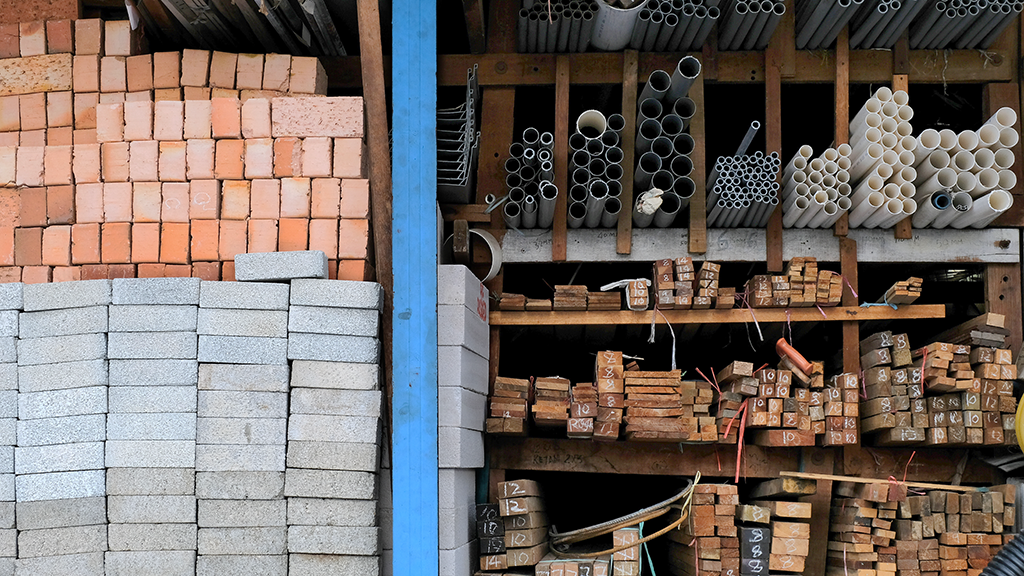In today’s complex global economy, controlling construction material costs has become an uphill battle for builders, developers and policy-makers. A key reason lies in the U.S. construction industry’s reliance on imported materials — a dynamic that leaves domestic prices vulnerable to tariffs, trade disputes and supply chain disruptions.
While the U.S. maintains a strong domestic steel industry, about 20 per cent of all steel consumed is imported.
For aluminum, reliance is even greater: 50 per cent to 75 per cent of U.S. aluminum consumption depends on foreign sources, with the percentage varying by product type.
Copper imports account for roughly one-third of total U.S. consumption. Even for more traditionally domestic materials like lumber, imports represent 10 per cent to 20 per cent, again depending on the specific product.
This reliance isn’t inherently problematic in stable trade environments. However, when tariffs are imposed, or geopolitical tensions escalate, imported materials become costlier, and the impact ripples through the entire U.S. construction market.
The more dependent the U.S. is on imports relative to domestic supply, the more pronounced these cost spikes become.
Even materials like clinker (used in cement), sand, gravel, and crushed stone, which are largely domestically sourced, can feel upward price pressure when 10 per cent to 15 per cent of their supply is imported and disrupted. Unless there is a significant decline in construction demand in 2025, even products that are imported at relatively small levels can influence overall construction costs.
Products heavily dependent on imports — like aluminum and copper — are especially vulnerable to tariff price shocks. In contrast, materials with more robust domestic supply chains may experience relatively better price stability. For designers and general contractors, it will be increasingly important to factor material sourcing into both planning and budgeting decisions.
When feasible, choosing alternative materials that are less reliant on foreign suppliers can reduce exposure to global disruptions and help keep projects on time and closer to budget.
In this new global economy, material strategy will play a critical and growing role in project construction success and contractor profitability.




Recent Comments